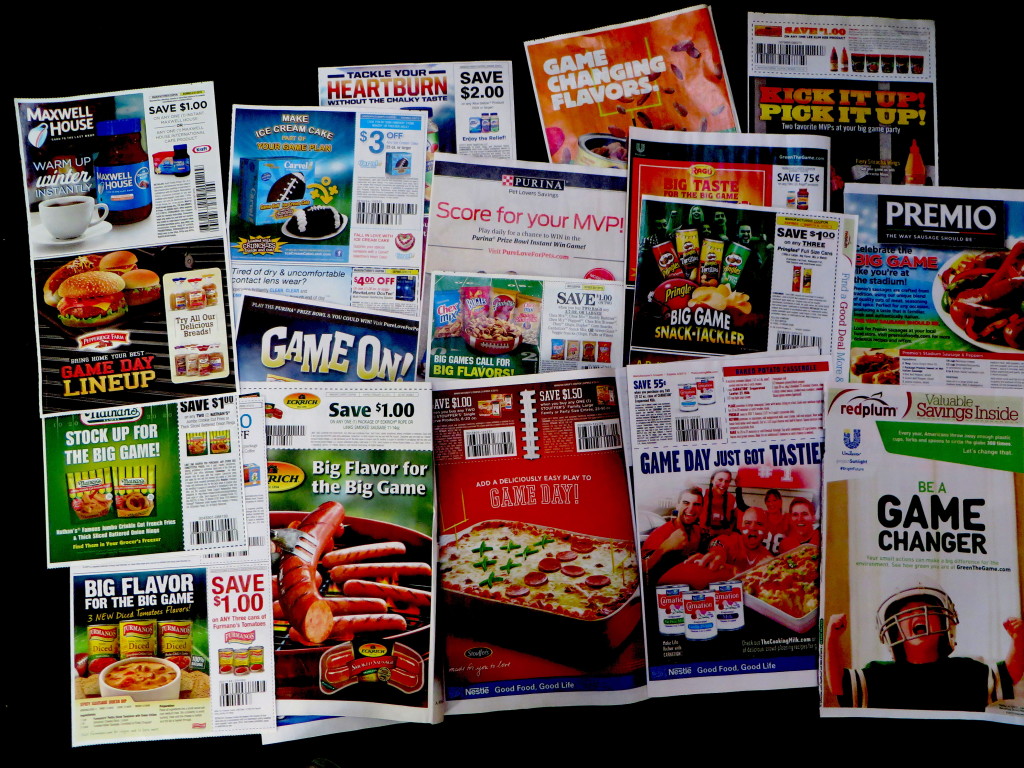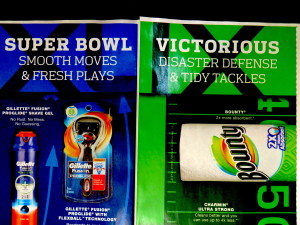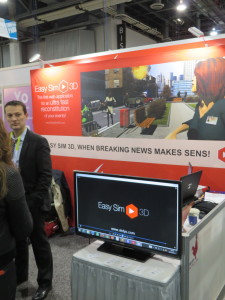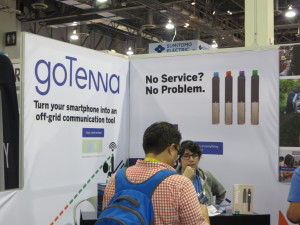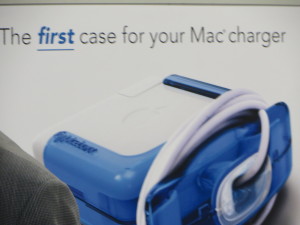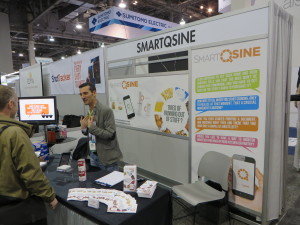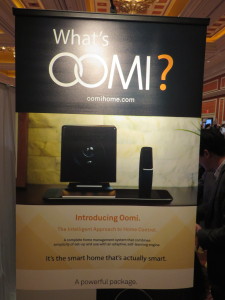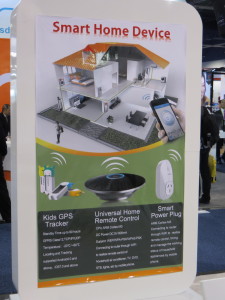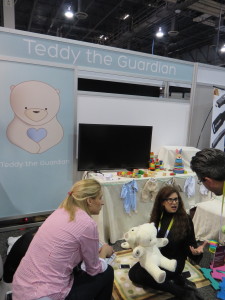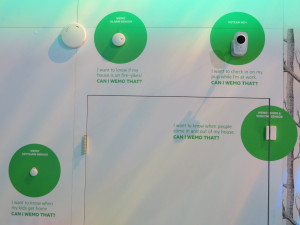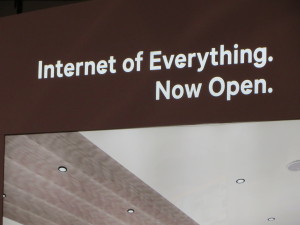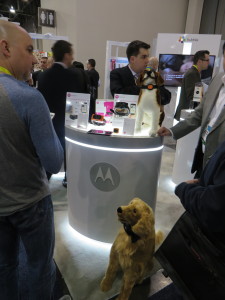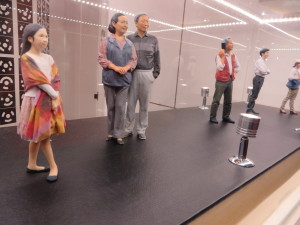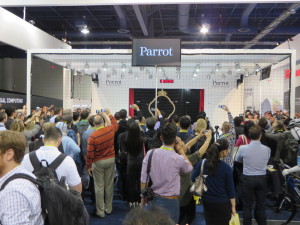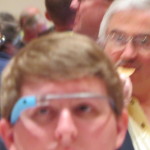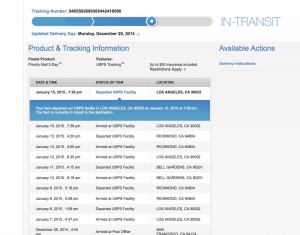
When last we checked in on my missing package, and the Post Office fail after I used an old address, it was just before the New Year. I had filed a Package Intercept request, agreeing to pay a fee plus new postage if they would simply redirect the package to the appropriate address. In addition, I happened to be on my way to San Francisco myself and I mailed a letter to the current occupants of the address where I had originally sent it (to relatives who’d moved away some time ago) asking them to call me if the package showed up so I could come claim it.
Sadly, it was all for naught. The package got tantalizing close at a San Francisco post office down the hill from the erroneous address, then USPS decided it would be better to send it to ZIP code 90052 in Los Angeles. About the same time, I got an email informing me that, even though the USPS had the tracking number and the corrected address, there was nothing they could do so my Package Intercept purchase would be refunded.
The package was not welcome in Los Angeles so it was returned to the mail processing center in Richmond (northern California). They didn’t want it either so they sent it to Bell Gardens, a Los Angeles suburb. It was then forwarded to the original Los Angeles ZIP and from there back to Richmond. Of course, Richmond wanted no part of it and sent it back to 90052. Finally the package “departed” 90052 two weeks ago and has been in transit ever since, and presumably will be so forever more.
Good thing there was nothing irreplaceable in there. Just some cookies and maple syrup which, I have a feeling, have not gone for naught. Enjoy, men and women in blue. You’ve worked hard for your prize.
